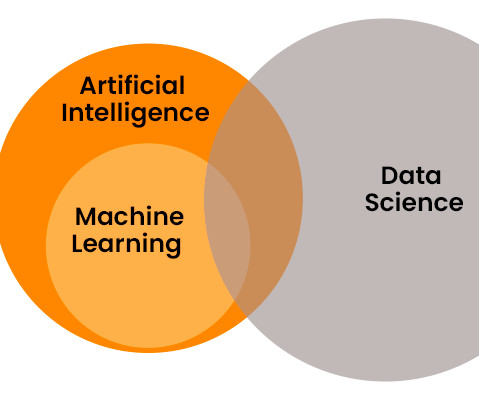2024 Tech breakdown: Understanding Data Science vs ML vs AI
Pickl AI
JANUARY 29, 2024
AI comprises Natural Language Processing, computer vision, and robotics. ML focuses on algorithms like decision trees, neural networks, and support vector machines for pattern recognition. Skills Proficiency in programming languages (Python, R), statistical analysis, and domain expertise are crucial.















Let's personalize your content